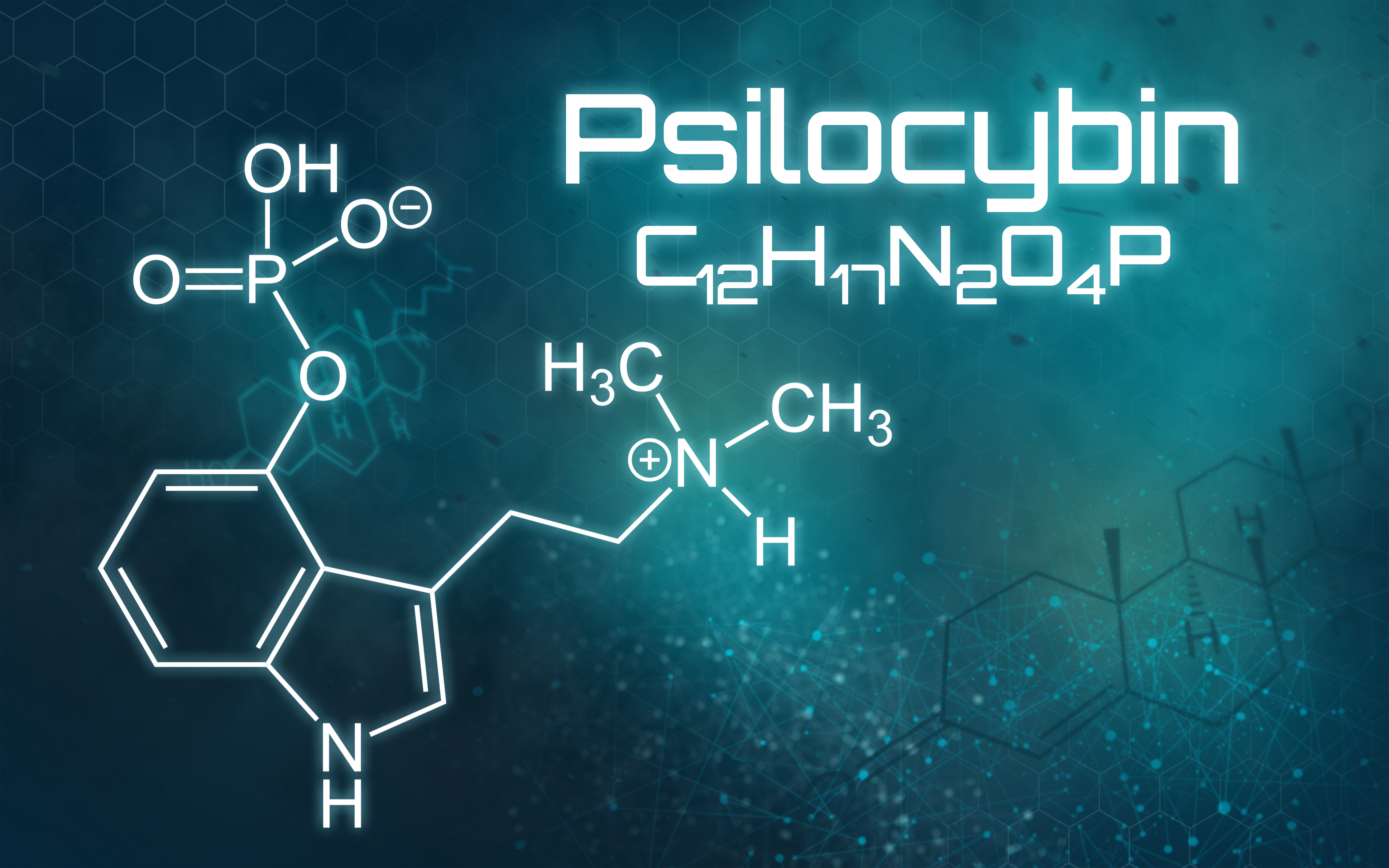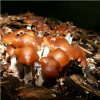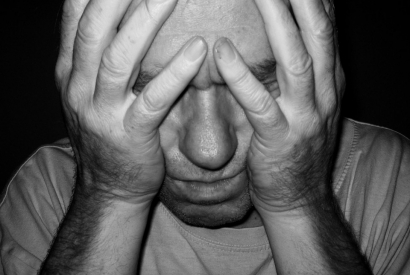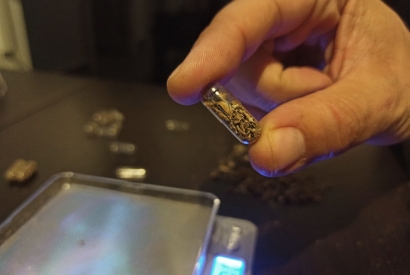What Psilocybin is and what it is used for| EDABEA
Psilocybin is a psychedelic chemical compound found in certain mushrooms, also known as 'magic mushrooms' or 'magic mushrooms'. Psilocybin is a potent hallucinogen that significantly alters perception, thought and sense of time.
When psilocybin is consumed, it is converted to psilocin in the body, which then binds to certain receptors in the brain that normally respond to serotonin, a neurotransmitter associated with mood and well-being. This results in a change in neural activity that can have profound effects on consciousness.
Psilocybin since prehistoric times:
The history of psilocybin use for recreational purposes dates back to prehistoric times. Mushrooms containing psilocybin have been used in religious ceremonies and rituals in many ancient cultures, including some in Central and South America.
The strongest evidence that the use of psychoactive mushrooms dates back to prehistoric times comes from archaeological finds. In the Tassili n'Ajjer caves in Algeria, cave paintings dating back some 9,000 years have been found, depicting human figures with elongated bodies and mushroom-shaped heads, suggesting that hallucinogenic mushrooms may have been used in religious ceremonies or rituals at that time.
Furthermore, in Central and South America, psychoactive mushrooms have been used for centuries in religious ceremonies and rituals by indigenous cultures, such as the Mazatec in Mexico and the Shipibo-Conibo in Peru. These cultures have used psychoactive mushrooms for therapeutic, ritual and religious purposes, and much of their knowledge and practices have been passed down from generation to generation.
In addition to archaeological evidence, there are historical records indicating that psychoactive mushrooms have been used for ritual and religious purposes in many ancient cultures, including the Aztecs, the Mayans and the Incas.

In the 1950s, Swiss chemist Albert Hofmann isolated psilocybin and psilocin, the active compounds in psilocybin mushrooms, and began investigating their effects on the brain. Hofmann also synthesised lysergic acid diethylamide (LSD), another psychedelic compound, which soon became a popular drug in the 1960s counterculture.
As LSD and other psychedelic drugs became popular in the 1960s, so did psilocybin mushrooms. Psilocybin mushrooms began to circulate at music festivals and among counterculture groups, and became a popular recreational drug around the world. However, their popularity declined after the 1970s due to growing concerns about negative side effects and the illegality of their possession and use in many countries.
At present, recreational use of psilocybin remains illegal in many countries, although there has been a recent resurgence of interest in the drug's potential therapeutic effects in medical and clinical studies.
Effects of psilocybin:
The effects of psilocybin can vary widely from person to person and depend on several factors, such as the dose, the quality of the mushrooms, the mood of the user and the environment in which it is consumed. Some of the common effects of psilocybin include:
Changes in perception of colours, sounds and textures.
Feelings of euphoria, love and connectedness to others
Alterations in thinking and cognition, such as racing thoughts or a sense of ego dissolution
Intense visual experiences, which may include bright patterns and colours, as well as the appearance of imaginary objects and entities
Changes in the perception of time, which may appear to stop or speed up.
However, psilocybin can also have negative side effects, such as nausea, vomiting, anxiety and paranoia, especially in people who have a history of psychological disorders or who use the drug in an inappropriate environment.
Psilocybin and science:
In recent years, there has been a resurgence of interest in psilocybin as a possible treatment for a variety of mental and psychological disorders. Medical and clinical studies have investigated the potential therapeutic benefits of psilocybin in the treatment of disorders such as depression, anxiety, post-traumatic stress disorder (PTSD), obsessive-compulsive disorder (OCD) and addiction.
It is believed that psilocybin may have therapeutic effects due to its ability to alter activity in brain networks associated with cognition, emotion and perception. Psilocybin may also stimulate the production of neurotrophic factors, which may have positive effects on neuronal regeneration and plasticity.
Studies have found that psilocybin can help patients cope with and overcome fears and traumas, promote introspection and reflection, and improve mood and overall quality of life. It has also been observed that the therapeutic effects of psilocybin can last long after the experience itself, suggesting that it may have a long-term effect on patients' mental and emotional well-being.
It is important to note that psilocybin is still at an early stage of research and is not approved for therapeutic use in many countries. More studies are needed to fully understand its effects and determine its efficacy as a treatment for different mental disorders.
There are several species of mushrooms that contain psilocybin, but the amount of psilocybin can vary depending on the species, geographical location, climate and other factors. Some of the mushroom species that contain higher amounts of psilocybin are:
Psilocybe azurescens: this species of mushroom is known to have particularly high levels of psilocybin, with reports indicating that it can contain up to 1.8% psilocybin by dry weight.
Psilocybe cyanescens: this mushroom species is also known to contain high levels of psilocybin, with reports suggesting that it may contain up to 1.5% psilocybin by dry weight.
Psilocybe cubensis: this is the most common and widely studied psilocybin mushroom species, and is known to contain varying levels of psilocybin, with reports suggesting that it may contain between 0.2% and 1.5% psilocybin by dry weight, depending on the strain.
It is important to note that psilocybin levels can vary even within species and between different samples of the same mushroom, so it is always important to exercise caution when consuming any mushroom containing psilocybin. In addition, it is illegal in many countries to possess, cultivate, sell or consume psilocybin mushrooms, so precautionary measures should be taken to avoid any legal problems.







